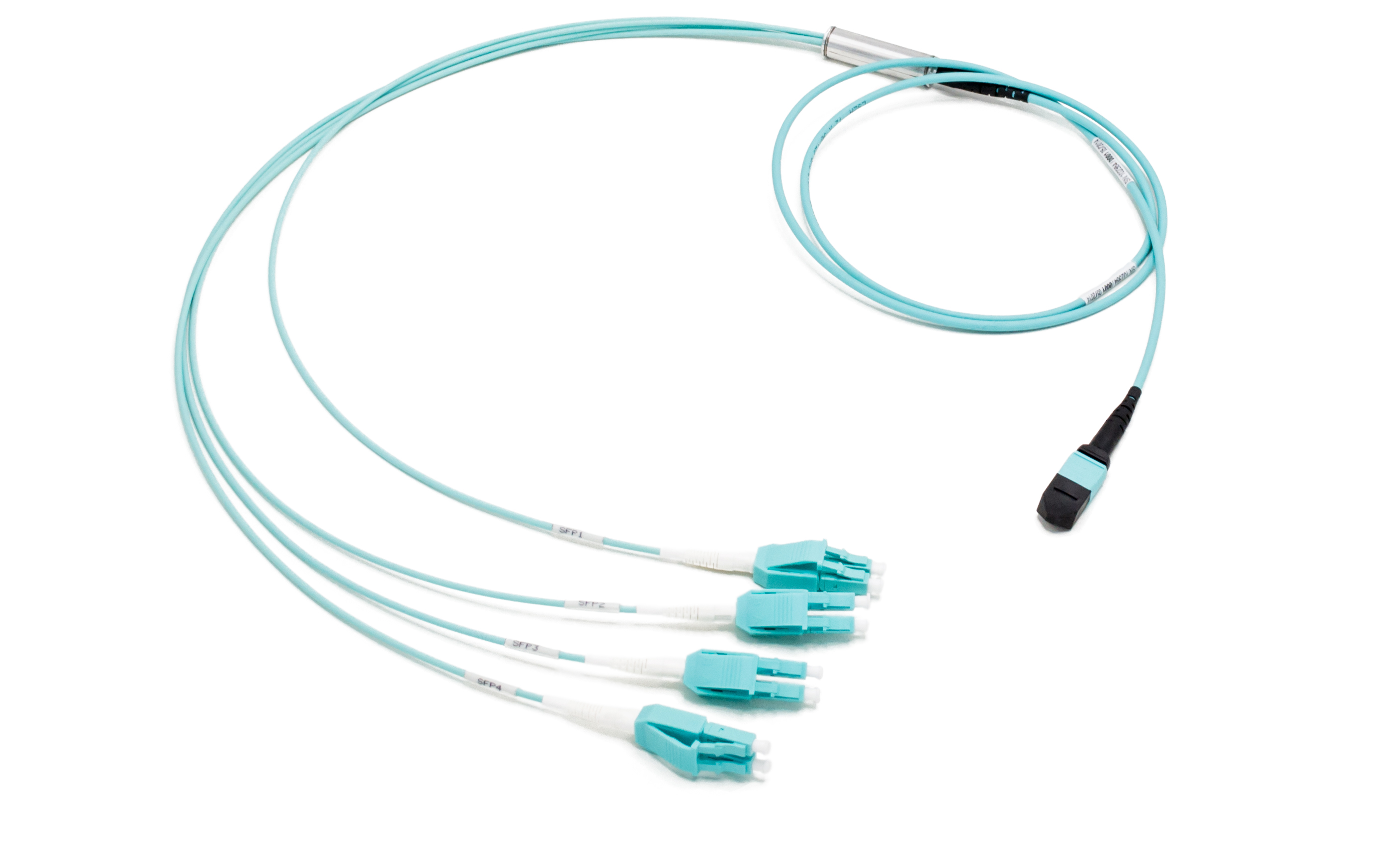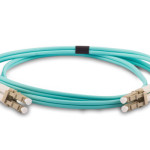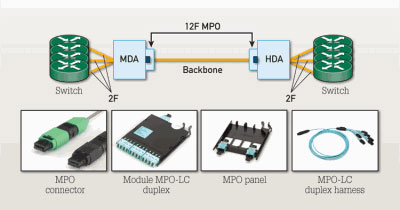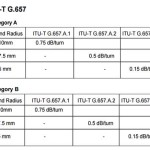The need to sort through these permutations may partially explain the reportedly low number of OM5 deployments so far. Even cabling suppliers with OM5 in their portfolios note that most 40 and 100 Gigabit Ethernet links are likely to fall within the reach of OM4, making the extended reach of OM5 unnecessary.
For these reasons and others, some cabling suppliers have opted not to add OM5 to their lines. In a blog posted this past April, Gary Bernstein, senior director of product management for fiber and data center solutions at Leviton, described why his company doesn’t support OM5, stating:
The reach advantage of OM5 over OM4 is minimal.
OM5 won’t reduce costs. (OM5 fiber carries a cost premium, and 100-Gbps optics prices are in decline, reasons Bernstein).
It won’t enable higher port densities, since you can’t break out SWDM transmissions into their component parts the way you can with parallel fiber approaches.
A lot of large-scale data centers with a need for 40 or 100 Gigabit Ethernet have or will soon move to single-mode fiber anyway.
This is not to say that the fiber does not have its proponents, particularly for applications that require that extra bit of reach (see, for example, this whitepaper from CommScope). Meanwhile, there is an advantage beyond reach to OM5 and SWDM that could prove useful in future high-speed networks – the ability of one fiber to offer the transmission capacity that currently requires four in conventional use. At 40 or 100 Gbps, that ability could prove helpful when operating in space-constrained environments.
The need to sort through these permutations may partially explain the reportedly low number of OM5 deployments so far. Even cabling suppliers with OM5 in their portfolios note that most 40 and 100 Gigabit Ethernet links are likely to fall within the reach of OM4, making the extended reach of OM5 unnecessary.
For these reasons and others, some cabling suppliers have opted not to add OM5 to their lines. In a blog posted this past April, Gary Bernstein, senior director of product management for fiber and data center solutions at Leviton, described why his company doesn’t support OM5, stating:
- The reach advantage of OM5 over OM4 is minimal.
- OM5 won’t reduce costs. (OM5 fiber carries a cost premium, and 100-Gbps optics prices are in decline, reasons Bernstein).
- It won’t enable higher port densities, since you can’t break out SWDM transmissions into their component parts the way you can with parallel fiber approaches.
- A lot of large-scale data centers with a need for 40 or 100 Gigabit Ethernet have or will soon move to single-mode fiber anyway.
This is not to say that the fiber does not have its proponents, particularly for applications that require that extra bit of reach (see, for example, this whitepaper from CommScope). Meanwhile, there is an advantage beyond reach to OM5 and SWDM that could prove useful in future high-speed networks – the ability of one fiber to offer the transmission capacity that currently requires four in conventional use. At 40 or 100 Gbps, that ability could prove helpful when operating in space-constrained environments.
Stephen Hardy is editorial director and associate publisher of Lightwave.









